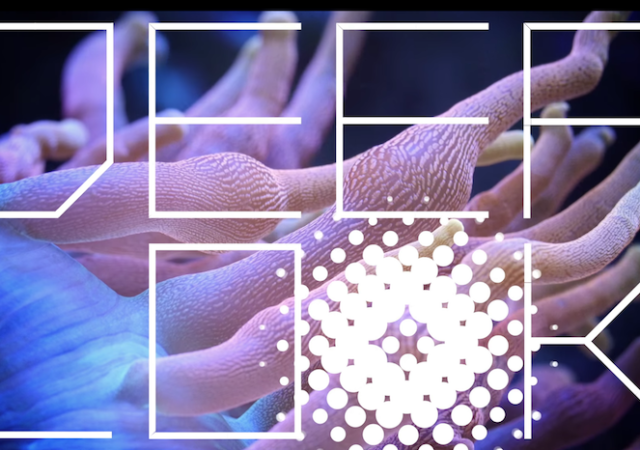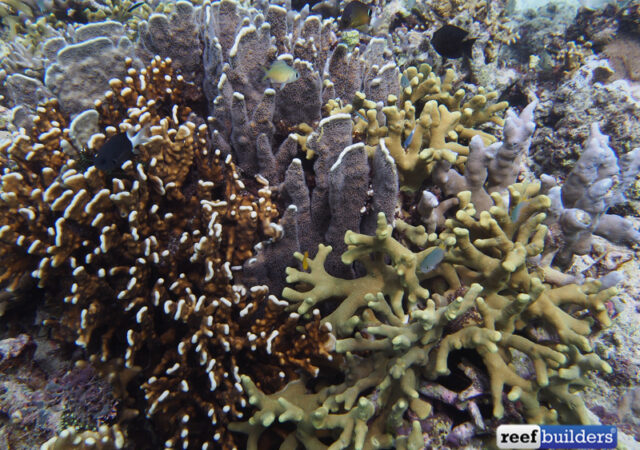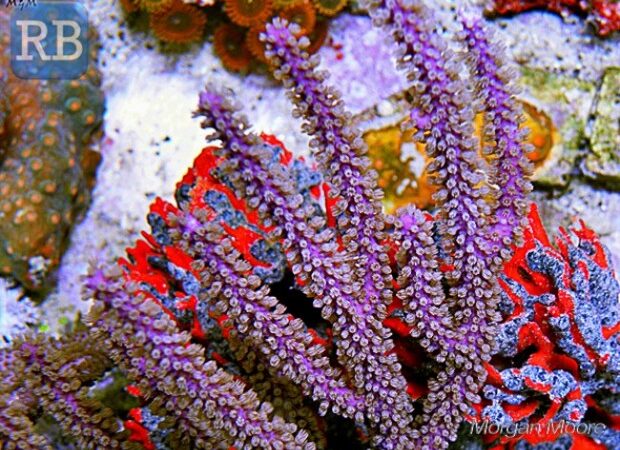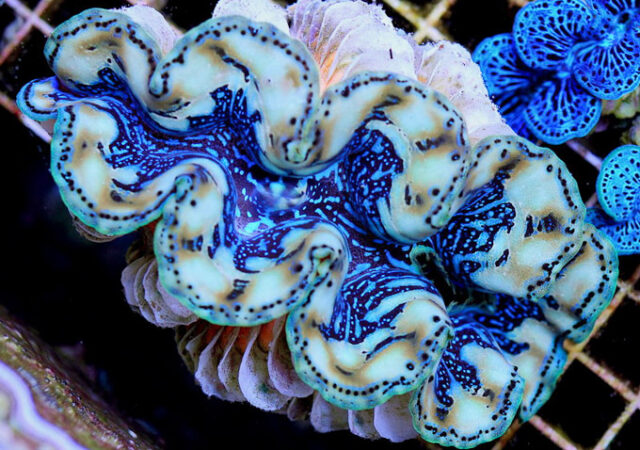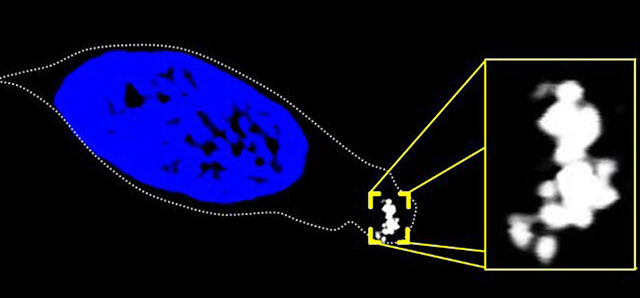Corals are amazing living animals which are continually building up new layers right on top of their endoskeleton. By examining a cross section of a coral skeletons, these layers or “growth-bands” can reveal clues about the coral’s past. Much like…
Scientific-based approach to coral conservation will use “Assisted Evolution”
A new report was recently shared about two prominent coral reef ecologist’s plan to help out wild reefs with a hands-on approach to reef management that sounds eerily close to what we have been doing in our aquariums for decades.…
Gorgonians don’t care about stupid ocean acidification
It seems like coral scientists and researchers are constantly finding new ways that corals are dying and how coral reefs are an endangered ecosystem, but for once, it seems like at least one group of corals will be able to…
Giant clams are even more specialized to harvest light than we thought
We all know that giant clams of the Tridacna and Hippopus genera are fast-growing molluscs which are found in shallow water reef waters where they can bask in the sunlight, harvesting energy from their symbiotic zooxanthellae. Unlike corals which have Symbiodinium zooxanthellae which…
Magnetic cells give fish built-in sense of compass direction
We all know that migrating birds and particularly pigeons have a keen sense of direction imparted onto them by a magnetic sense, and now new research has discovered similar super-nav powers in fish. Like the homing pigeons of the sea, the homing abilities…
Buoy harnesses ocean waves to create energy
Ocean Power Technology (OPT) recently finished construction of the company’s largest device to harness the power of ocean waves to deliver up to 150 kW of energy just from the natural movement of the seas. The PB150 PowerBuoy was…
Robotic fish almost as good as the real thing
Robotic fish are nothing new. Researchers have studied and developed different robotic fish that mimic the real thing and provide valuable data to scientists. Often it is manking reaping the benefits of these robotic fish as they glean data and…
S-shaped seahorses give them greater reach
We’ve never really given much thought as to why seahorses swim upright or why they have S-shaped bodies but that hasn’t stopped curious researchers from teasing out some possible answers. Unlike the streamlined and tubular pipefish, the venerable seahorse is…
Sea urchin research could help create self-sharpening knives
New research shows how sea urchins are able to keep their teeth always sharp despite gnawing away at rock and other hard surfaces in their never-ending search for food. The new discovery could help researchers and inventors create self-honing knives…
Mucus Cocoon protects some reef fish from nocturnal parasites
It is well known that parrotfish and some wrasse species produce a night time sleeping bag from mucus but until recently there was no evidence to really support the assumptions and theories. Most nature books and references have echoed the…


